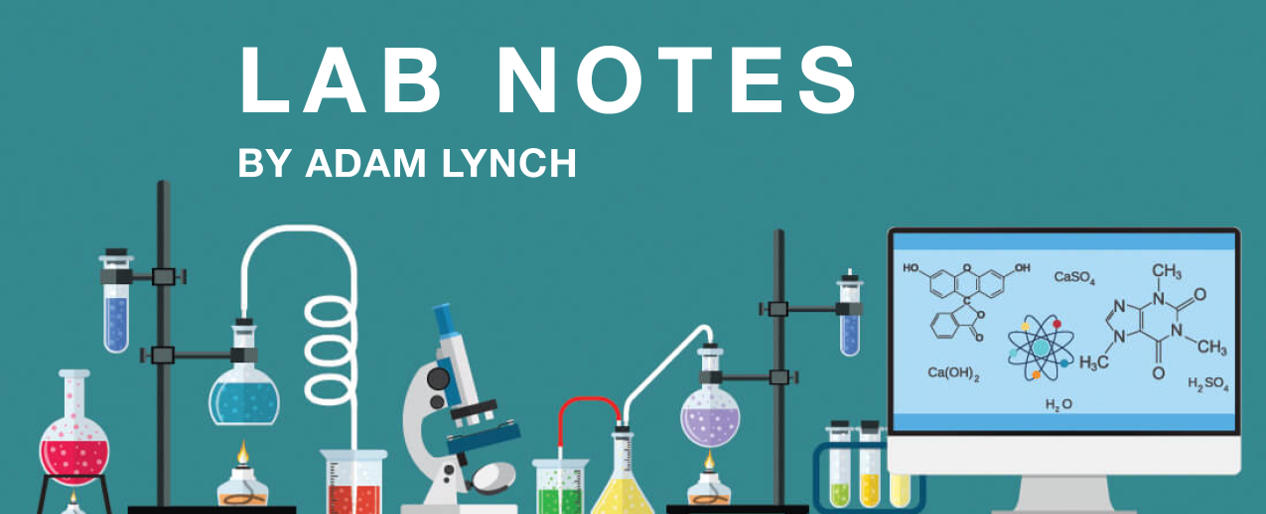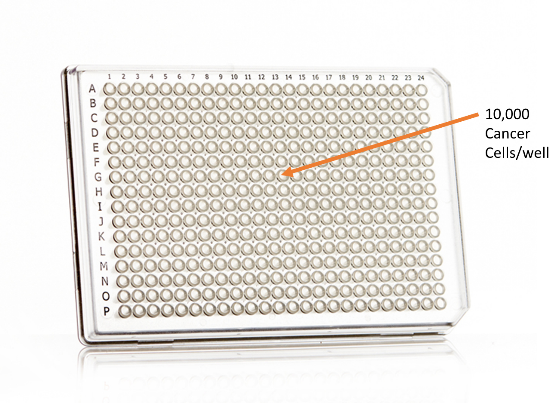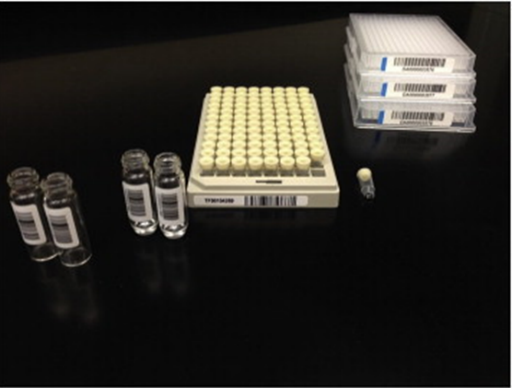Lab Notes: The Power of Automation
Allison Crimmins on July 22, 2019

Lab Notes is a series created by Remedy Plan researcher Adam Lynch. WIth his posts, he aims to share his perspective on what it is like to work in a start-up atmosphere and to provide a glimpse of the laboratory science that drives research and discovery.
Reposted with permission from https://labnotes.science.blog/
The Power of Automation: How Robots Can Help Researchers Fight Cancer
ON July 22, 2019 BY ADAM LYNCH IN AUTOMATION
When I first started working in biotech, I had just joined a small cancer therapeutics startup. Our old building had bad ventilation, undrinkable water, exposed ceiling areas, and periodic leaks from the ceiling. This was incredibly exciting: to me this was the stuff of startup legend. Three scientists working in a “garage like” atmosphere to develop a new cancer therapeutic! Part of my initial training was dedicated to learning our novel screening platform, which allows us to identify compounds that target metastatic properties of cancer cells. I didn’t realize it at the time, but my entire understanding of science & technology was about to change. Startups have to be creative with limited funding/capital. Scientific equipment and reagents tend to be expensive on top of renting a space. With that in mind, there are just some experiments that you can’t do from a “garage”. Within a month after starting this new job I spent 4 months working at Harvard Medical School’s ICCB lab; a world class screening facility that uses automation to help drive research and discovery.

Working at Harvard, I learned how to use some really cool robots to perform large scale experiments. It was there that I came to realize that the actual methodology of molecular biology is simply moving incredibly small volumes of liquid from one place to another. This is an oversimplification of course there is a lot of complicated science that goes into those liquids. But regardless, a very large number of very small volumes of liquid need to be transferred from one place to another to conduct our experiments. The robots at the Harvard lab allowed us to do this via high-throughput screening, which is a method of testing a lot things (in our case small molecule libraries) in a short amount of time.
Pipetting tiny volumes of liquid by hand with precision and accuracy is a vital part of obtaining good data. Liquid handling on a large scale can be extremely monotonous and time consuming, leading to fatigue and therefore mistakes. With that in mind, automation is an incredibly powerful and necessary tool for research & discovery! Introducing robotics to the laboratory is a good way to increase both the number and the accuracy of experiments performed; good science also means low variability between samples and reproducibility from peers. These characteristics save researchers from long, repetitive, laborious tasks and free up time for more important tasks like data analysis or deep thought or writing a blog…. My goal is to share with you a few robots that I have used to help accelerate our research & discovery efforts.

Let’s imagine we are running an experiment to test how effective a series of different drugs are at killing cancer cells. The first step is to transfer the cells grown in culture to a plate with individual wells (samples). The photo on above depicts a plate with 384 wells, that’s a lot of samples! If I wanted to add 10,000 cancer cells per well (3,840,000 total cells for just 1 plate) I would need to dispense 50 microliters of a solution by hand 384 times. This not only takes a lot of time but also requires steady hands since each well is less than a millimeter wide! The first robot (above) I learned how to use at Harvard can do this in less than 15 seconds by pumping a solution full of cells into a dispense head perfectly aligned with the plate. video on right courtesy of Remedy Plan Therapeutics.

Janzen, W. P. (2014). Screening technologies for small molecule discovery: the state of the art. Chemistry & Biology, 21(9), 1162-1170.
Scale becomes a major deciding factor of what kind of automation to use. If we want to test over 8,000 small molecules at a time, we would need a lot of plates. We don’t have the ability to do this in our lab but facilities like Harvard are designed for this. Compound libraries (above) consist of molecules designed by chemists, each with unique properties that can be tested by scientists in multiple areas of research. The robot above is designed specifically to transfer these compounds from their library plates to our experimental plates filled with cancer cells. It takes the robot about an hour to do this at this scale, I can’t even imagine how many hours it would take me to do this by hand…
The final robot is my favorite, it was so vital to our screening efforts at Harvard that we decided to purchase one for our own lab. The D300 is a liquid dispensing printer, which uses the same basic technology as a regular printer. Instead of dispensing ink blots in precise locations, we can dispense different concentrations/volumes of potential cancer therapeutic drugs into wells filled with cancer cells. In a way, we are printing molecules! Unlike the previous robots, we use this machine in our lab on a regular basis to test optimized drugs to find a lead candidate for a clinical trial.
Automation is a powerful tool; it’s becoming more common in our everyday both inside and out of the lab to make ordinary tasks easier. Research is expensive: pricey equipment and labor costs mean scientists have to prioritize the experiments they think will give them the most information about the questions they are after, rather than performing all the experiments they would like. With the help of some incredibly clever machines, we can perform large scale experiments that bring us closer to our goal of bringing a new cancer therapeutic to a clinical trial.
